 Did Van Gogh paint this?
Did Van Gogh paint this?
This image shows electromagnetic forces in the Orion Nebula. The dark red areas indicate high energy in the star forming regions.
It’s hard to believe, but mainstream science still does not acknowledge these forces have anything to do with making stars or planets. It’s all gravity to them.
That leaves planetary scientists with some hard questions to deal with. Every planet they fly past shows features they struggle to explain. Let’s examine some of them to understand the problem.
Craters… they just don’t look like they should. (All images courtesy of NASA and JPL)
The standard theory says there was a period of crazy pinball during the solar system’s history when the planets and moons were bombed with asteroids.
According to physics 101, asteroids had to slam into the planets and moons from all angles, with an average impact angle around 45 degrees. But look – the craters all seem to be symmetric, like the asteroids came straight down.



In fact, it’s hard to find a crater in the entire solar system that looks like it hit at an oblique angle. It’s as if every meteorite hit a bull’s eye.
This may seem odd, but a high-energy impact will generally form a circular crater at almost any angle due to shock waves. In fact, the crater is typically on the order of ten times the diameter of the meteor, so the shape of the crater is almost wholly a relic of the shock waves. The meteor itself may only penetrate as far as its diameter before it shatters and much of it is vaporized by the shock of the impact.
I sometimes see ‘circular-direct hit improbability’ claimed as evidence for electrical discharge formed craters in support of EU Theory. On this point it would be wrong. It is well established even in laboratory tests that impact shock waves produces a circular form, as well as many other features that can also be formed by electrical discharge.
The differences are subtle. Let’s take a look at the current understanding of the morphology of an impact crater.
Impact craters are primarily excavated by shock waves created in the enormous impact as the waves rebound from the deeper substrate and interact with the free surface. Essentially, the planetary surface is spauled by the shock waves.
Craters are classified as simple or complex. The complex patterns are associated with larger craters and the simple for smaller – the diameter of the transition to complex varies with planetary size and morphology. Distinguishing features of complex craters include central uplift hills and rings, and concentric collapse zones. The diagrams below describe the impact crater formation for both simple and complex.


Images Credit: David A. Kring, NASA Univ. of Arizona Space Imagery Center, 2006.
There is much debate about the formation of these features in impact craters. What geologists know about them has primarily been learned by examining ancient craters here on Earth, where eons of erosion and geological transformations have confused the evidence. The most studied crater is the simple structured, mile wide Barrington crater in Northern Arizona, which is believed to arrive a mere fifty thousand years ago.
The reigning theory for complex craters suggests liquefaction in the shock region is responsible for the formation of the central peak and other features. In simple terms, the ground deforms like it was made of pudding. The impacted ground deforms to the impact plastically at first, until pressures force it into a liquid flow which results in the rebounding central peak and assists in the slumping and collapse of concentric rings.
One distinguishing feature of a true impact crater is best seen in the bottom frame of the ‘Formation of a simple crater’ diagram above. Below the crater bottom fill, called the Breccias lens, is fractured substrate.
This is due to impact. Electrical discharge cleanly removes material from a crater without compressing and fracturing the substrate. So evidence of a discharge crater may require cores to be drilled below the crater to make that case, which has not been done anywhere except on Earth.
The Barrington crater shows such substrate disturbance. It also shows other compelling evidence of impact – the remnants of the meteor that created it, the iron pieces of which have been picked up for years from the debris field around the hole.
Two excellent articles on impact craters can be found here:
Spark machining experiments show the same features – central peaks, central rings, raised rim and others, naturally formed from electrical discharge. Therefore, telling the difference is difficult. There are features that are more easily explained by discharge than impact however.
For instance, many are hexagonal and some take other polygonal shapes. This is seen throughout the solar system. Hexagons appear in craters of all size, both simple and complex. The phenomena have not been demonstrated in a test impact that I could find.



The favored theory seems to be these shapes are the response of pre-existing lines of faults to the impact. Again, Barrington crater is the model, since it has a distinctly square shape. Geological studies of the crater bear out the shape to be aligned with natural faults, supporting this idea.Another theory proposes it is caused in the right circumstances by resonant interaction of reflected shock waves.
But hexagons? I would expect natural faults to be in random alignments. Perhaps the shock wave resonance is a better theory for impacts to so often produce a hexagon. Electrical discharge however has been demonstrated to produce hexagonal craters naturally due to the tornadic motion of twin Birkeland currents excavating the hole. There are several other features to examine that are also more easily explained by electrical discharge than impact.
Lets look at crater formation from the EU perspective.
The plasma discharge, in paired Birkeland currents will swirl about etching the crater to a more or less level bottom and pushing debris up to form a typically sharp edged, or pinched rim. The crater bottom is left molten and solidifies to a more or less flat, or bowled bottom.
The twisting currents and their forking, snapping ends produce the hexagonal rims and sometimes carves terraces on the crater ring. As the charge weakens, the last tendril snaps away, often leaving a small pile of debris in the center – the central peak, or central ring.
Because lightning sticks when it makes a connection, it doesn’t always snap away clean, but sometimes wanders and re-connects. This causes characteristic features like rim craters, twin craters, crater tracks, and rilles. The region of large craters is often a field of smaller simple craters, many having a wide domed central peak, looking like a round cinder cone inside the crater. Mainstream theory doesn’t say much about these.
Current also surges through the ground, furrowing dendrite patterned crazing and in or around the crater and in the erosions at the crater lip. These can appear very much like water erosion, but that is an explanation hard to prove on a place like the Moon or Mercury.
Rilles are a feature of endless concern from a traditional geologic perspective. In different cases, they are attributed to collapsed lava tubes, sub-glacial melt zones, or particularly on Mars, past water-flows.
In spite of the differing explanations from planet to moon where they are found, they all look the same. Rilles appear to be scooped from the ground with no evidence of collapsed lava tube debris, or lava bed; no water inflow channels, or outflow deltas. They are found often radiating away from craters, in crater floors and near other features thought to be electrical discharge features.
Twin craters are another difficult to explain phenomena. Split perfectly by an organized section of rim with no evidence of one covering the other with debris, they appear to be a certain indicator of electric discharge. However this is also the expected result of a doublet asteroid or comet. Expected in impact theory, not proven.
We know from EU Theory itself, comet-like bodies often come in twos, or are dipole shaped. The doublet impact theory for twins seems improbable given the number of organized examples seen all over the solar system. But again, if impact theory of a pudding-like impact zone responding to refracting shock waves is correct, it could produce some strange effects.
There are other types of craters not easily explained by impact or volcanism, such as Platform and Rampart craters. Platforms rise above the surrounding land and Ramparts have a moat like low area ‘etched’ around them. For more information on the EU Theory of crater formations, see: The Craters Are Electric, published on Thunderblogs on 12/07/2007, by Michael Goodspeed.
No doubt, many features we see in the solar system are impact craters, lava flows, volcanoes, and perhaps on Mars, some water erosion. No doubt, proper use of Occams Razor would lead to the consideration of features caused by electrical discharge since they more comprehensively explain the anomalies.
Look at these examples of rims and doubles:

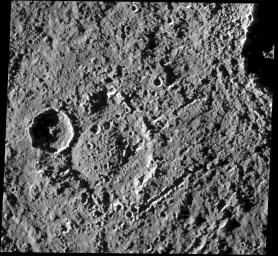

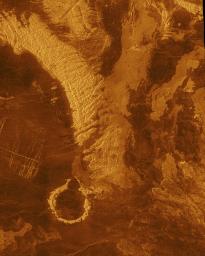

These are Tracks and Rilles:

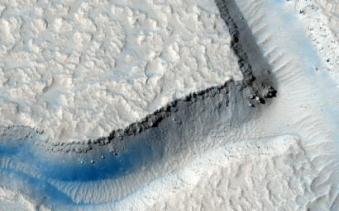
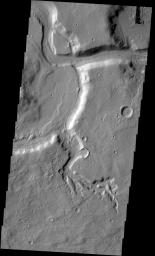
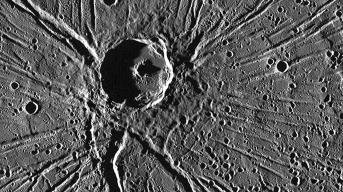
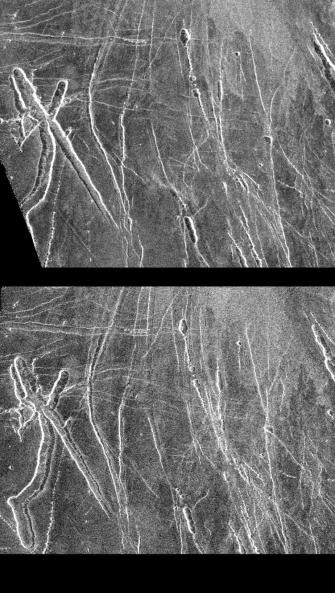



It may be planetary scientists will be the first mainstream scientists to recognize the validity of Electric Universe Theory.
They have to. It’s become a real problem. The explanations are different, but the craters still look the same.
The entire solar system is sizzling with electricity. The evidence is right in the photographs. Look at the active electrical discharges in these photos:


The evidence is also seen in:
- The comet-like tails trailing planets like Pluto.
- The lopsided crusts of planets where anodic scrubbing of one hemisphere is cathodically deposited on the other.
- The electrical discharges seen from Saturn’s moons as they skirt the great ring.
- The energized explosions of comets lit by the sun outside the orbit of Jupiter.
- The weather of Jupiter, Venus, Saturn, and Earth.
The really scary thing – it’s in these photos of planet wide scars.

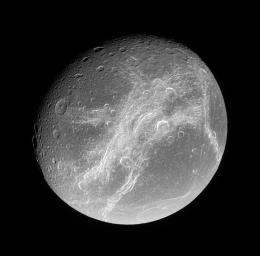


There is no question our solar system experienced an electrical maelstrom. It looks like it happened many times. When two electrically charged bodies come close, with different potentials, an arc takes place. This shouldn’t come as a surprise.
If a wet ball of air can generate enough charge to zap the ground the way storm clouds do on earth, think what a planet spinning in the solar wind can do.
And that brings us to the issue of most immediate importance. The sun.
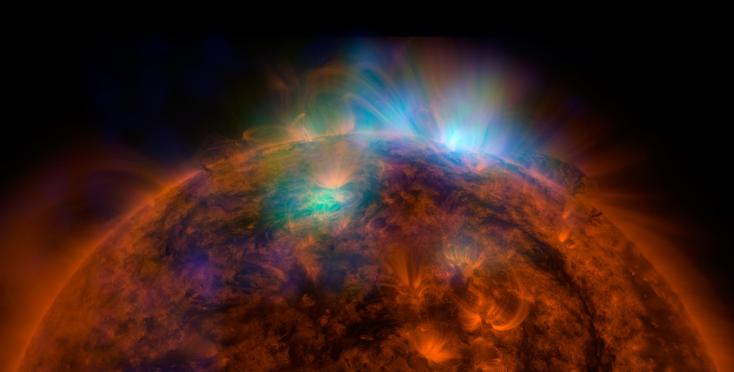 The sun blows this energy all around us, the earth’s magnetic field shields us from its blast. Now, the sun is heading into a quiet period that will chill our planet. But it is also an unstable cycle.
The sun blows this energy all around us, the earth’s magnetic field shields us from its blast. Now, the sun is heading into a quiet period that will chill our planet. But it is also an unstable cycle.
Low solar activity does not mean large CME’s won’t happen. The Carrington event occurred during a lull in solar activity. Life as we know it is more at risk from a CME than we want to acknowledge.
Our magnetic field is weakening. It is ready to flip. The earth’s magnetic field is our protection. It may not withstand a heavy blow from the Sun. We don’t even know how big the Sun can blow. We haven’t been watching that long.
And our power grid is like a catcher’s mitt for a CME. A big one can happen any time – we are overdue. When it does, we are likely to revisit the Bronze Age for a while. Maybe there will be jobs shaping rocks to warn future generations to pay attention.
We have watched new, violent storms brew on the gas giants. We see the plumes and electric fires respond on their moons. Yet it is not understood by the mainstream.
As we learn more about the influence of electricity in our solar system, we also learn more about the connectivity between the earth and sun. As the sun’s discharge waxes and wanes, so too the response from the Earth. That response is electrical, and it flows through the crust and core of the Earth. Watch as more findings confirm the Sun drives not just the Earth’s climate, but its storms, its earthquakes and volcanoes, too.
It would be better, wiser and intellectually honest if our planet and earth scientists would get on with understanding all of this. They have a responsibility. We need to focus our resources on protecting ourselves from things that will someday happen with catastrophic results.
It isn’t controversial that it will happen. It’s a certainty – just as sure as there will be very ugly earthquakes in the Pacific Northwest and California some day – a mega-quake is overdue. Just as sure as hurricanes will flood the low lands of the Atlantic and Gulf coasts time-and-again, we will have CME’s. It could happen tomorrow. It is time we prepare.
A.D. Hall….
The reason for hexagon shapes in crators is simple, at the point of impact, the explosion is at its tightest compact compression, this places all the atoms in a hexagonal close packed(hcp) formation, this brief hcp formation then shapes the crators edges. The electrical and magnetic alignments become geometric. If there is a spin of the body hitting the planet or moon then I think the shape becomes pentagonal. See a nuclear explosion from above. You will see that the smoke cloud is hexagonal. See the hexagonal shapes in hurricanes, their leading edge is dictated dictated by hcp, hcp the pressure aligns atoms, even in gaseous bodies. This is a new theory of mine.
LikeLike
Reblogged this on CraigM350 and commented:
Looking at the recent NASA imaging of craters, I’ve been thinking very much along these lines. Great article and some stunning imagery.
LikeLiked by 1 person